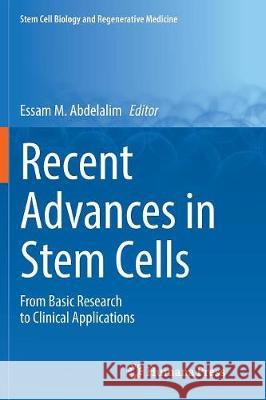Recent Advances in Stem Cells: From Basic Research to Clinical Applications » książka
topmenu
Recent Advances in Stem Cells: From Basic Research to Clinical Applications
ISBN-13: 9783319814728 / Angielski / Miękka / 2018 / 269 str.
Recent Advances in Stem Cells: From Basic Research to Clinical Applications
ISBN-13: 9783319814728 / Angielski / Miękka / 2018 / 269 str.
cena 578,30 zł
(netto: 550,76 VAT: 5%)
Najniższa cena z 30 dni: 574,29 zł
(netto: 550,76 VAT: 5%)
Najniższa cena z 30 dni: 574,29 zł
Termin realizacji zamówienia:
ok. 20 dni roboczych.
ok. 20 dni roboczych.
Darmowa dostawa!
Wydawca:
Humana Press
Seria wydawnicza:
Język:
Angielski
ISBN-13:
9783319814728
Rok wydania:
2018
Wydanie:
Softcover Repri
Ilość stron:
269
Waga:
0.40 kg
Wymiary:
23.39 x 15.6 x 1.52
Oprawa:
Miękka
Wolumenów:
01
Dodatkowe informacje:
Wydanie ilustrowane











